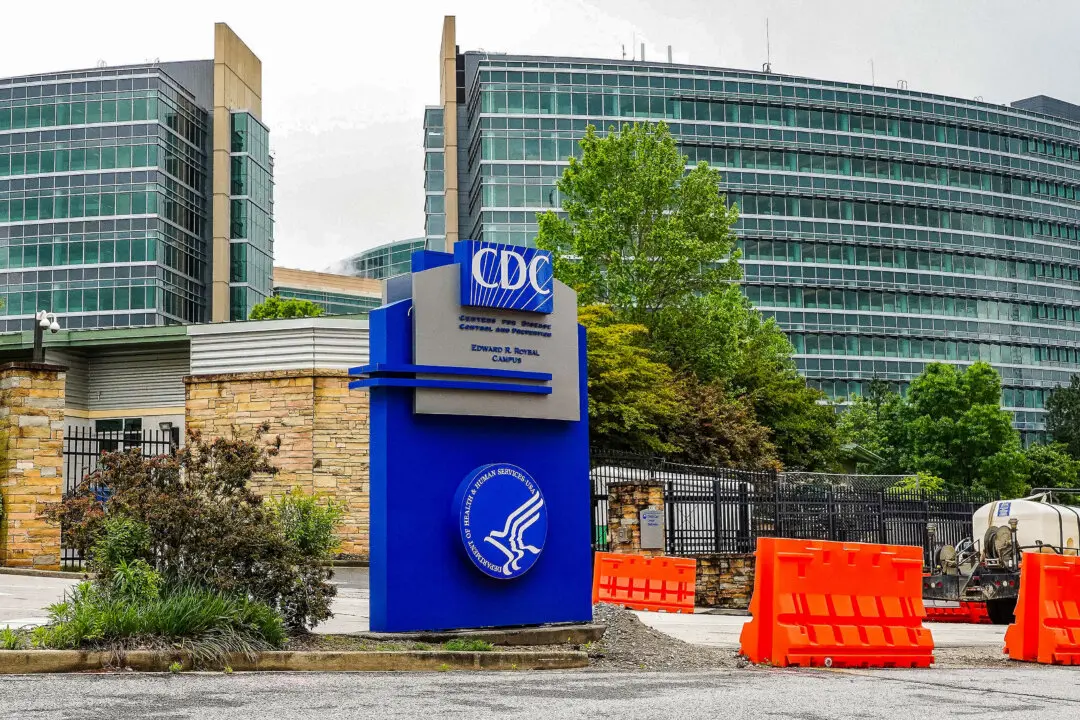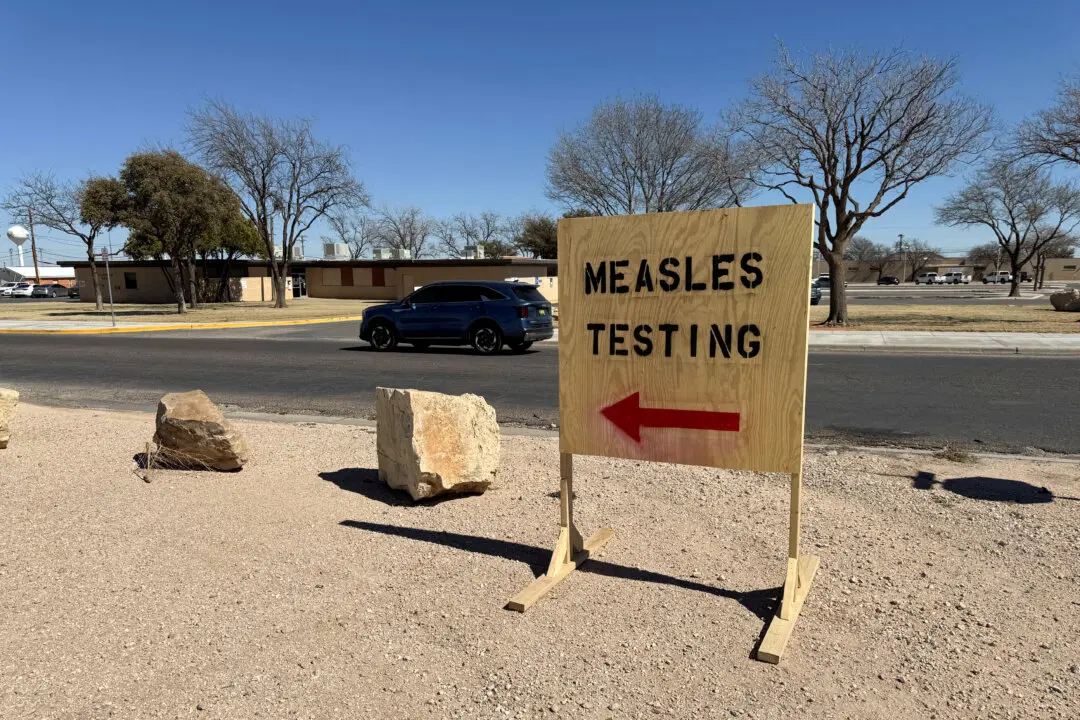The U.S. Centers for Disease Control and Prevention issued a travel notice on Tuesday for the entire South American continent due to elevated levels of yellow fever in several countries.
Yellow fever is a viral illness transmitted by mosquitoes. It is primarily found in tropical areas and spawned numerous epidemics worldwide in the 18th and 19th centuries.
The Pan American Health Organization reported on March 31 that 131 yellow fever cases had been confirmed, leading to 53 deaths in the Americas for the first three months of 2025. It noted that 61 cases and 30 deaths were reported across 2024. The cases and deaths reported this year have been relegated primarily to Brazil, Colombia, and Peru, but the organization said that cases have been found “beyond the traditionally affected Amazon region.”
“Travelers should seek medical care if they develop fever, chills, headache, backache, or muscle aches during or after travel in an affected area,” the agency advised. “Travelers should let their healthcare professional know that they’ve been to an area where yellow fever cases are reported.”
The CDC bulletin comes as Colombia’s government declared a nationwide health emergency late on Wednesday due to an increase in yellow fever cases.
The outbreak has resulted in 74 confirmed cases and 34 deaths since the start of last year, said Health Minister Guillermo Alfonso Jaramillo. Jaramillo said the most critical situation is in Tolima, in central-west Colombia, where 22 cases have been detected.
“The incubation period for yellow fever is 3 to 6 days. Many people do not experience symptoms. Common symptoms include fever, muscle pain, headache, loss of appetite, nausea, or vomiting. In most cases, symptoms disappear after 3 to 4 days,” the U.N. health body says.
But a small percentage of cases can enter a “more toxic phase” within 24 hours of having recovered from those initial symptoms. The secondary phase can include a return of a high fever, and multiple organ systems can be impacted, generally the kidneys and liver, WHO says.
About half the people who enter the toxic phase die within seven to 10 days, it says.
During the second phase, officials say, patients can develop jaundice, or the yellowing of the skin and eyes, as well as abdominal pain and dark urine. Bleeding can also occur from the stomach, nose, eyes, and mouth.







